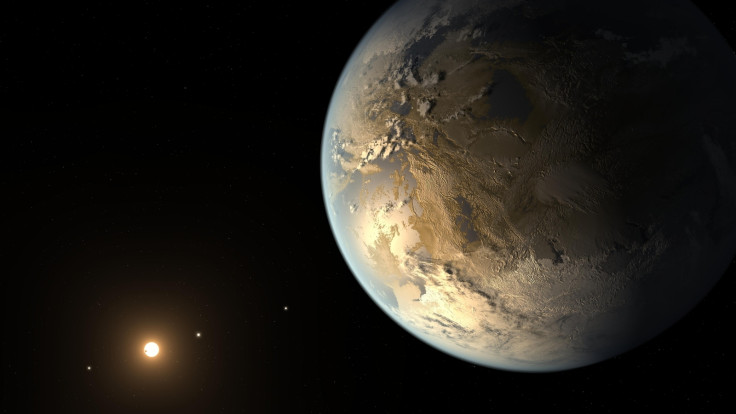Hunt for alien life: Scientists have a new plan to find extraterrestrials on distant worlds
Researchers have identified a weird combination of gases that could not exist without the presence of alien life.

Researchers have described a novel strategy that could help find alien life beyond our cosmic background, using a weird combination of gases that could not exist without the presence of extraterrestrials.
Typically, scientists looking for life in the cosmos try to find biosignatures as we Earthlings know it. They hunt for water and oxygen in the atmosphere of distant planets, something that although sounds promising, has not been of much help all these years.
"We don't want to put all our eggs in one basket," said study co-author Joshua Krissansen-Totton. "Even if life is common in the cosmos, we have no idea if it will be [a] life that makes oxygen. The biochemistry of oxygen production is very complex and could be quite rare."
This is why the group explored the history of Earth's atmosphere and the gasses that existed during its early days. The study was published in Science Advances on Wednesday (24 January).
According to the study, Earthlings started producing oxygen only in the past one-eighth of planet's history and looking into the planet's early days helped scientists get to an "atmospheric disequilibrium" - a weird, imbalanced mix of gases that could not exist without the presence of life in some form.
And with that, they posited the new biosignature – the presence of carbon dioxide and methane and absence of carbon monoxide. The team studied all different ways in which a planet could produce methane like asteroid impacts, emissions from planets' interior and found that if the gas is in abundance on a rocky Earth-sized world, it is more likely to find life there.
The equation excludes carbon monoxide for a particularly important reason - it is readily eaten by microbes. This effectively means that if living organisms are thriving on any planet, it should not have an abundance of this specific gas.

"We need to look for fairly abundant methane and carbon dioxide on a world that has liquid water at its surface, and find an absence of carbon monoxide," said co-author David Catling. "Our study shows that this combination would be a compelling sign of life."
The novel strategy posited by these researchers could come handy when Nasa launches James Webb Space Telescope to study the chemistry of distant planets and space objects. "It's an easy thing to do so it's potentially more common than oxygen-producing life," Krissansen-Totton added. "This is definitely something we should be looking for as new telescopes come online."





















